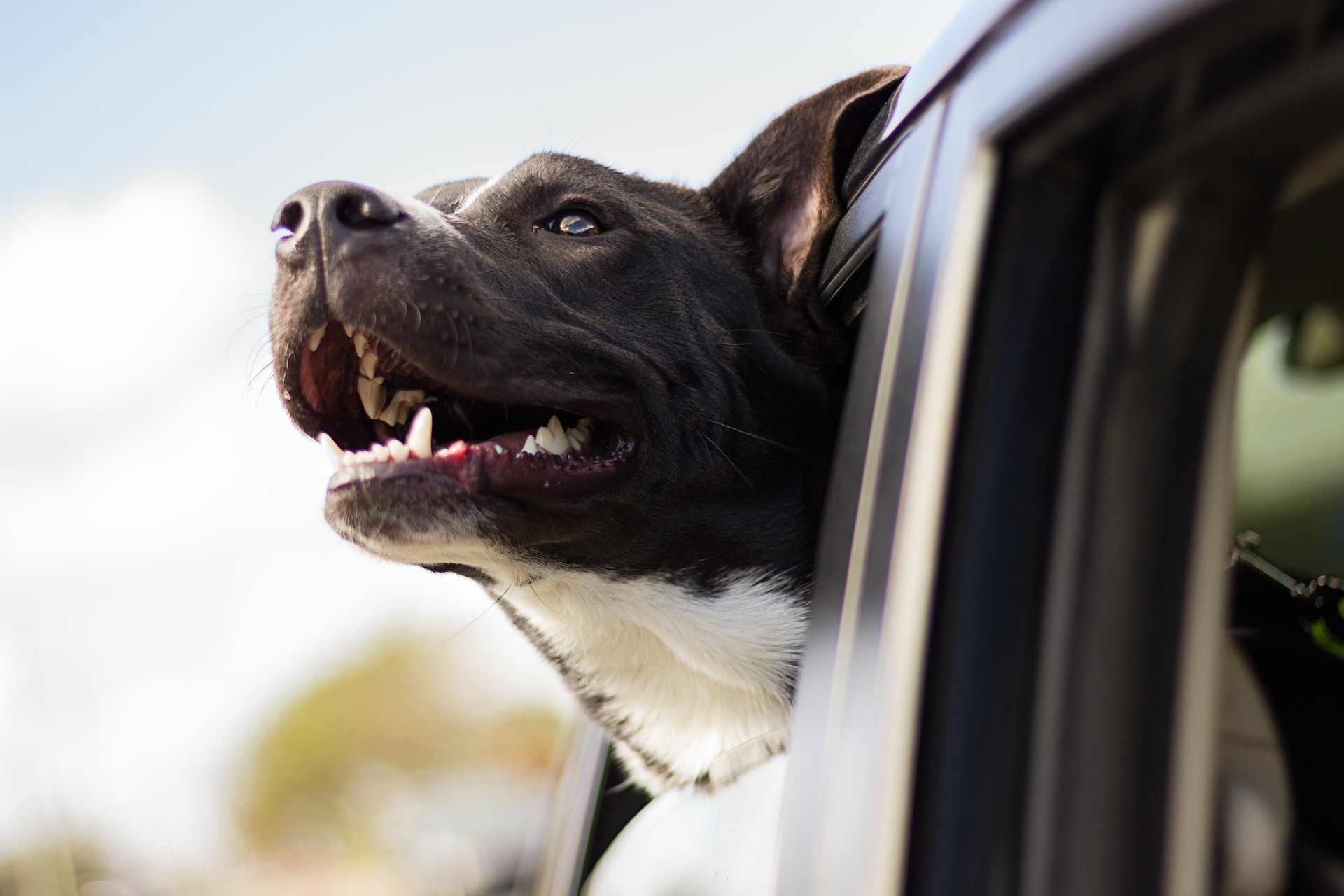
06 Jun Stages of Periodontal Disease in Dogs
As veterinarians, we encourage all pet owners to take the best care of their animal’s health. As responsible pet owners, you count on our advice to help you make decisions in your pets’ best interest. However, while we may focus on their diet, exercise, and overall health, it’s easy to overlook one crucial aspect—dental hygiene.
Like humans, dogs can suffer from periodontal disease, a progressive condition affecting oral health. In this blog post, we will explore the different stages of periodontal disease in dogs, shedding light on the importance of regular dental care for our four-legged companions.
The Four Stages of Periodontal Disease in Dogs
Stage 1: Gingivitis
The first stage of periodontal disease in dogs is gingivitis. It begins with the accumulation of plaque—a sticky film containing bacteria—on the surface of the teeth and along the gum line. The bacteria in the plaque release toxins that irritate the gums, causing inflammation and reddening. Common signs of gingivitis include bad breath, swollen gums, and minor bleeding during brushing or chewing. You may also see a visible red line in the gums closest to the teeth.
Stage 2: Early Periodontitis
If left untreated, gingivitis progresses to early periodontitis. At this stage, the inflammation extends beneath the gum line, forming periodontal pockets and losing bone and soft tissue that help hold the teeth in place. These pockets trap more bacteria and food debris, further worsening the condition. As the infection progresses, the gums may have increased redness, swelling, and mild to moderate pain. Dog owners may notice their pets experiencing discomfort while eating or displaying signs of mouth sensitivity.
Stage 3: Moderate Periodontitis
Moderate periodontitis is the next stage of periodontal disease, and is characterized by the advancement of infection as well as damage to the tissues supporting the teeth. The periodontal pockets deepen, allowing the bacteria to reach the roots of the teeth and the surrounding bone. This leads to significant attachment loss between the tooth and its supporting structures, causing loose teeth and potential abscess formation. Owners may observe more pronounced signs such as notable bad breath, bleeding gums, tooth loss, and sometimes a reluctance to eat or play with toys.
Stage 4: Advanced Periodontitis
Advanced periodontitis is the final and most severe stage of periodontal disease in dogs. By this point, there is extensive destruction of the tissues, ligaments, and bone supporting the teeth. As a result, the teeth become loose and may fall out, leaving painful ulcers and infections in the oral cavity. Chronic pain, difficulty eating, and weight loss are common symptoms. In advanced cases, the bacteria from the mouth can even enter the bloodstream, potentially affecting other organs and causing systemic health issues.
It is important to note that many dogs exhibit no signs of pain associated with periodontal disease. This may be correlated to their pack mentality, meaning that if a dog shows signs of weakness in the wild, it will be abandoned (or worse) by its pack. As a result, many dogs exhibit minimal to no signs of pain, even with severe periodontitis, and very infrequently stop eating because of dental pain.
Prevention and Treatment:
The good news is that periodontal disease in dogs is preventable and manageable with proper care! Here are some measures you can take:
- Regular Dental Examinations: Schedule routine dental check-ups with your veterinarian to assess your dog’s oral health and catch any signs of periodontal disease early on.
- Home Dental Care: Establish a regular home dental care routine for your dog. Brushing their teeth daily with a dog-specific toothbrush and toothpaste can help remove plaque and prevent gingivitis. Additionally, dental treats and water additives are available that aid in maintaining oral hygiene. We are happy to demonstrate how to brush your dog’s teeth and recommend specific home-care products during dental consultations, so please don’t hesitate to ask.
- Comprehensive Oral Health Assessment and Treatment (COHAT): This is an anesthetized assessment that involves professional cleaning and scaling to remove plaque and tartar, polishing to smoothen the tooth surface and discourage plaque build-up, imaging, as well as a complete oral examination. This procedure should be performed yearly in most dogs, although certain breeds particularly predisposed to periodontitis should have a COHAT performed every six months.
All COHAT procedures should have full mouth dental radiographs performed to fully evaluate what we cannot see below the gumline. Many veterinary dental specialists now have a newer technology called cone beam computed tomography (CBCT). This differs from dental radiographs in that the CBCT images are in 3-D rather than 2-dimensional dental radiographs that provide less detail. Animal Dental Care and Oral Surgery is proud to have been the first veterinary dental facility in the state of Colorado with CBCT scanning capabilities.
- Monitoring and Prompt Intervention: Regularly inspect your dog’s teeth and gums for signs of redness, swelling, or plaque accumulation. If you notice any abnormalities, consult your veterinarian promptly for appropriate treatment.
As pet owners, you want to prioritize your dogs’ oral health to ensure their overall well-being. As veterinarians, it is our job to ensure you understand how and when action must be taken. We love working together to keep your companions healthy and pain-free, and we are always here to answer any questions. Understanding the stages of periodontal disease in dogs equips you with the knowledge to promptly identify and address oral health issues.
Veterinary Dog Dentist in Colorado Springs
If you have any questions or concerns regarding your pet’s periodontal health, please reach out to us at (719)536-9949 or info@wellpets.com. There is also a wealth of information on our website, www.wellpets.com for pet owners and veterinarians alike. We look forward to partnering with you to keep your pet’s mouth healthy and clean!
Images used under creative commons license – commercial use (6/6/2023). Photo by Andrew Pons on Unsplash

